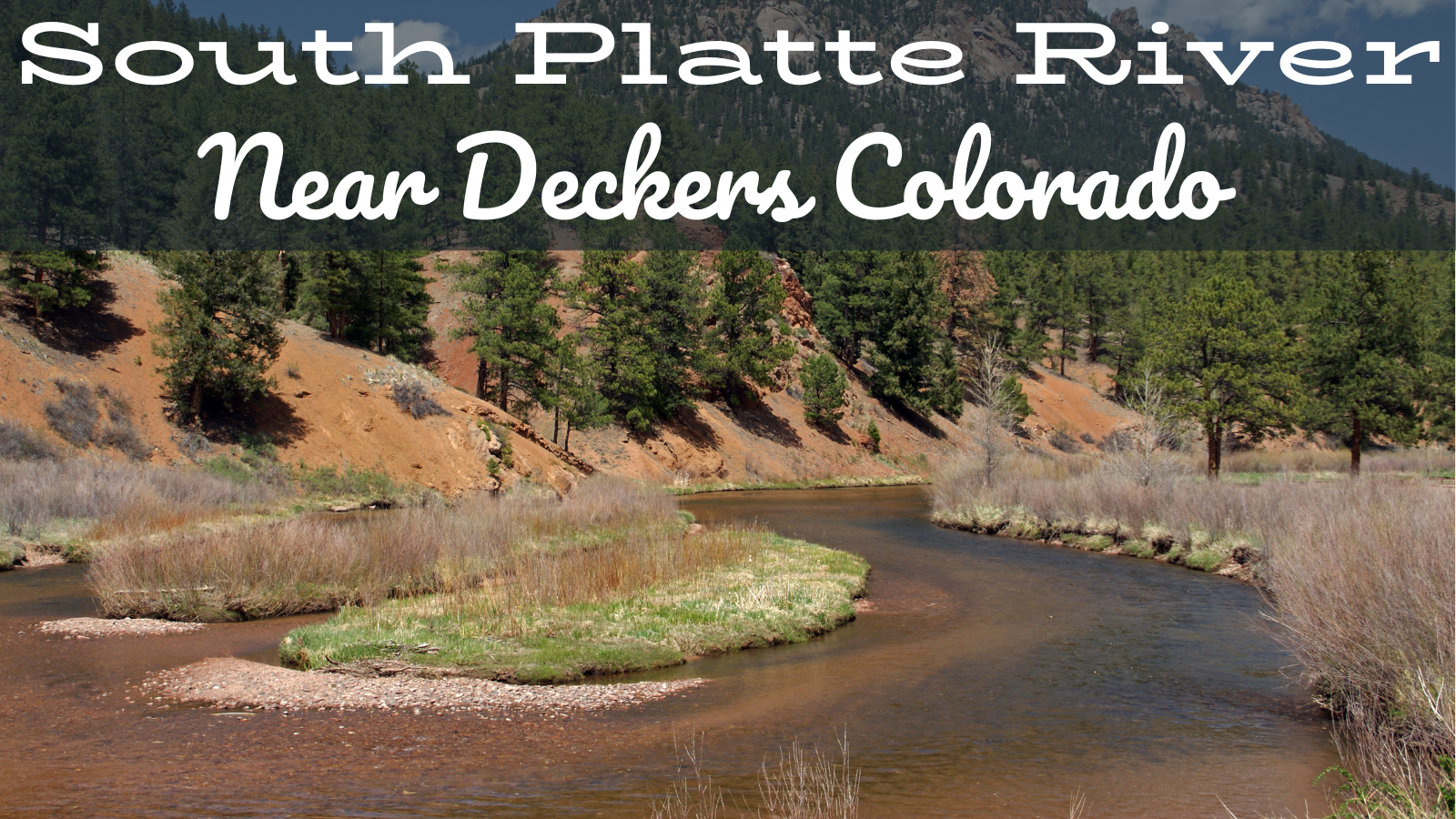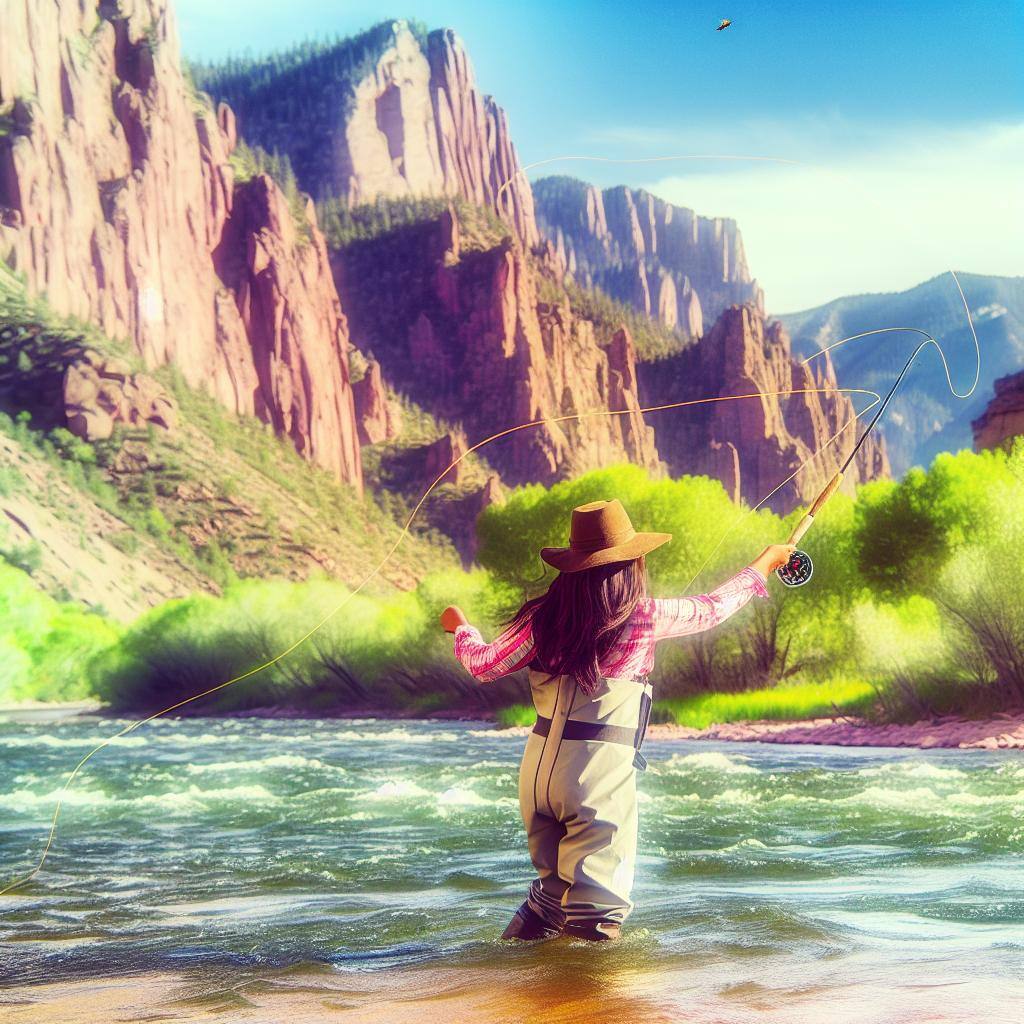Invasive species are like the party-crashers of the ecological world—disruptive, unwanted, and incredibly hard to get rid of once they show up. Recently, Colorado Parks and Wildlife (CPW) has been dealing with one such headache in the Gypsum Ponds: illegally introduced invasive fish. While it might seem harmless to release a non-native species into a pond, the impact on local ecosystems can be profound, and CPW is taking action to restore balance.
.png?width=600&height=400&name=fly%20fishing%20in%20colorado%20(67).png)
Invasive Fish: The Silent Ecosystem Disruptors
So, what’s the big deal with a few non-native fish? Well, these invaders are more than just a nuisance. Invasive fish species can wreak havoc on local ecosystems by outcompeting native species for resources such as food, breeding grounds, and habitat. This is particularly concerning in areas like the Gypsum Ponds, where Colorado's native fish—such as trout—play a crucial role in maintaining ecological balance.
Invasive species often have higher reproduction rates and more aggressive behavior, allowing them to dominate the waters they inhabit. This leaves local fish populations struggling to survive, not just because of competition, but also because invasive species can introduce diseases or parasites that native species aren’t equipped to handle.
By removing or controlling these invasive species, CPW is making an essential contribution to sustainability and conservation efforts that protect Colorado’s aquatic ecosystems. Their approach? A full-scale eradication of the invaders from the Gypsum Ponds to safeguard the environment and give native species a fighting chance.
Why Eradication Matters for Colorado’s Native Fish
The removal of invasive species isn’t just about restoring the current balance. It’s about ensuring the long-term health of Colorado’s ecosystems. Invasive species, if left unchecked, can completely displace native populations over time, reducing biodiversity and altering the function of entire ecosystems.
This is personal for anglers who love casting their lines into Colorado’s waters. CPW’s efforts directly affect the health and availability of the trout and other species that make the state such a fly-fishing hotspot. Fewer native fish means fewer fishing opportunities—and that’s a ripple effect no one wants to see.

CPW’s initiative is part of a larger conservation strategy aimed at making sure Colorado's aquatic ecosystems can thrive for generations. This means maintaining biodiversity, supporting sustainable fishing practices, and keeping ecosystems resilient against future threats.
Sustainability: More Than Catch and Release
We all know the importance of catch and release fishing for maintaining fish populations, but the real work in sustainable fishing starts with protecting the fish and their habitats. CPW’s mission to control invasive species at Gypsum Ponds highlights a broader lesson: conservation is about the whole ecosystem, not just the fish we catch.
By actively supporting restoration efforts and being mindful of what we introduce into our waters, anglers can play a crucial role in protecting Colorado’s natural beauty. Whether it’s by supporting organizations like CPW or educating others on the dangers of invasive species, everyone can contribute to the long-term sustainability of Colorado’s waters.
What Can You Do to Help?
1. Follow the rules: It might seem obvious, but following fishing regulations—especially those regarding the introduction of species—helps protect local ecosystems.
2. Educate fellow anglers: Spread the word about the dangers of invasive species and why releasing non-native fish can cause harm.
3. Volunteer or donate: Get involved with local conservation efforts like river cleanups, habitat restoration, and invasive species removal.
Pro Angle: Protecting Colorado’s Waters
CPW is working tirelessly to maintain the health of Gypsum Ponds and other vital waterways across Colorado. Their battle against invasive species is critical to preserving the delicate balance in these ecosystems. As anglers and outdoor enthusiasts, supporting these efforts means safeguarding the future of Colorado’s fish populations and ensuring that generations to come can enjoy the state's incredible natural resources.
.png?width=300&height=100&name=Copy%20of%20Rise%20Beyond%20Logo%2012.31.24%20(300%20x%20100%20px).png)
.png)


